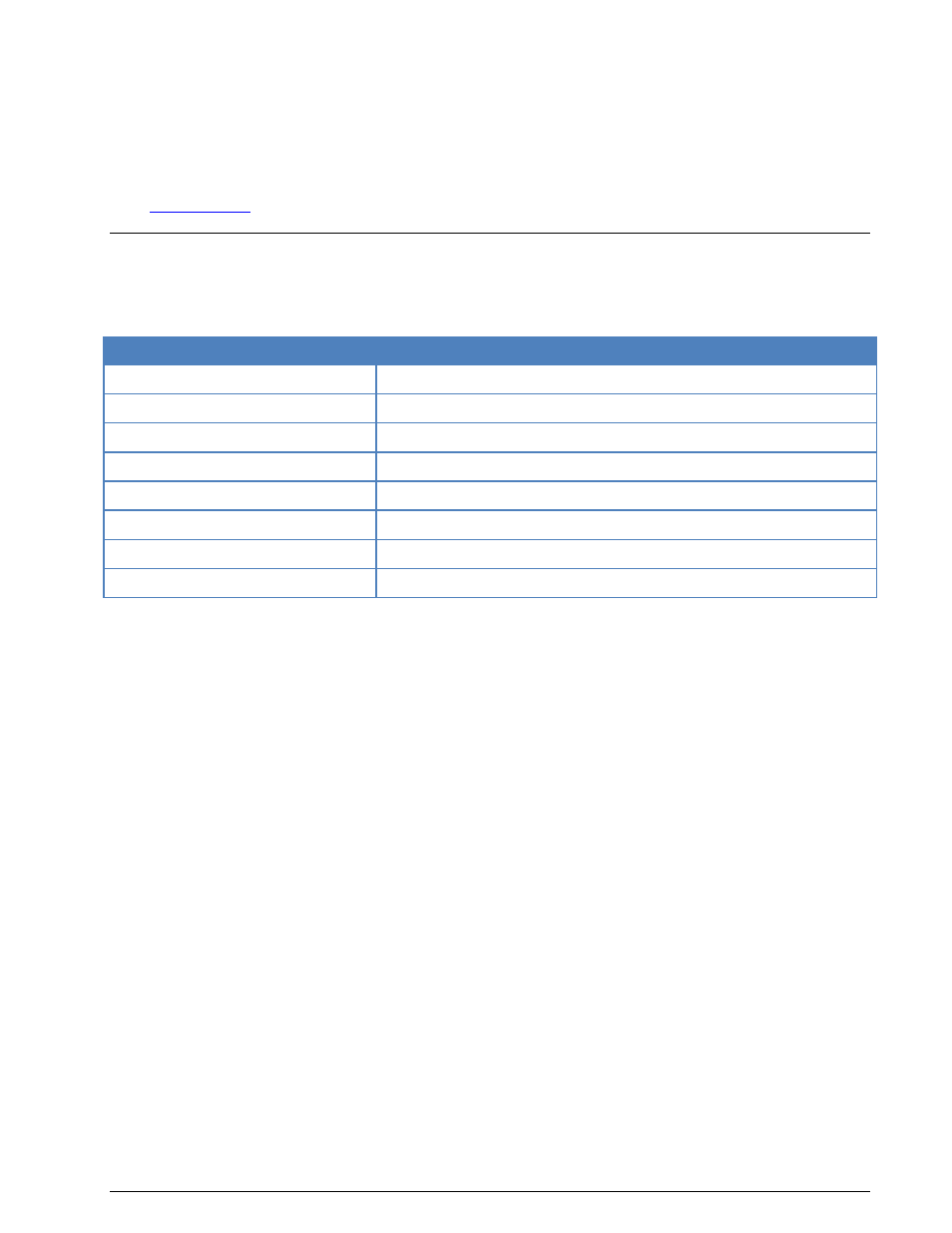Stanag-4415 – Wavecom W74PC V8.7.0 User Manual
Page 255

WAVECOM Decoder W74PC, W-PCI/e, W-CODE, W-CLOUD Manual V8.7.0
Transmission Modes
245
ing. The center frequency of the decoder can be adjusted to ± 400 Hz from its normal setting. By using
the bar-graph, any remaining frequency difference can be compensated for by fine-tuning of the receiver
frequency or by adjusting the center frequency of the decoder.
Using the Frame Format field the decoder can be set to one of the signal configurations. When the Confi-
dence value is greater than 95 (i.e., 95% correct) in a stable state, the Frame Format is correct.
Dedicated Phase Plane
See “
STANAG-4415
The NATO robust, non-hopping, serial (single-tone) mode with tone excision – also known as STANAG-
4415 – transmits user data at 75 bps over severely degraded HF channels with large Doppler and multi-
path spreads.
Parameter
Value
Frequency range
HF
Operation modes
Broadcast/Simplex FEC
Modulation
8-PSK
Center frequency
1800 Hz
Symbol rate
2400.0 Bd
Receiver settings
DATA, CW, LSB or USB
Input format(s)
AF, IF
Additional Info
16 Bit redundancy
The on-air waveform specified in this mode is identical to the 75 bps waveform of the MIL-188-110A serial
mode. The modulation uses 8-ary phase shift keying (PSK) on a single carrier frequency (1800 Hz). Serial,
binary information (raw data), accepted at the line-side input, is converted into a single 8-ary PSK-
modulated output carrier at a symbol rate of 2400 Bd.
Each data transmission consists of four distinct phases: The synchronization preamble phase, the data
phase, the End-Of-Message (EOM) phase and the coder-interleaver flush phase.
The preamble phase lasts for 0.6 seconds for zero or short interleaver settings and 4.8 seconds when the
interleaver size is set to long. This is followed by the data phase, which consists of an unlimited number of
interleaver blocks. The raw user data, accepted at 75 bps, is first FEC (Forward Error Correction) encoded.
Then the bit-stream is passed through an interleaver with a size of 10*9 = 90 bits size for the short inter-
leaver or 20*36 = 720 bits for the long interleaver. A zero interleaver setting is usually not selected, be-
cause through interleaving the effect of short term fading and burst noise can be mitigated.
The coding rate of FEC is 1/2, i.e., after encoding the data rate is 150 bps. Each two bits are then mapped
to a 32-bit Walsh sequence, thus yielding the 75*32 = 2400 Bd symbol rate.
At the end of transmission, a certain bit pattern (in hexadecimal notation, 4B65A5B2, MSB first) is sent to
mark the end of message (EOM). The EOM sequence is followed by the flush bits, which are for the FEC
coder flushing and for the complete transmission of the remainder of the interleaver matrix data block.
Therefore both the EOM sequence and the flush bits are treated as normal user data bits and passed to
the last interleaver block.
Preamble (0.6 s or 4.8 s)
Interleaver 1
Interleaver 2
... ...
Interleaver N (including EOM & flush bits)
Besides the FEC and interleaver used in this mode, a special component – the tone excision module – is
used to pre-process the waveform, so that a more stringent decoding performance can be reached than is